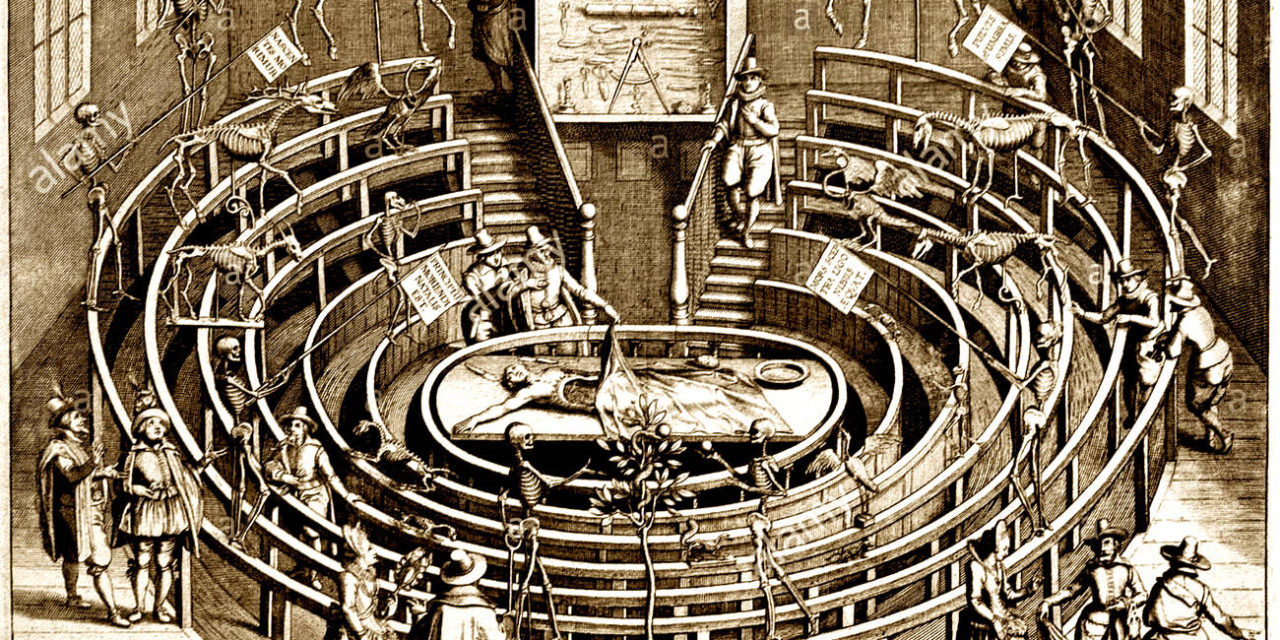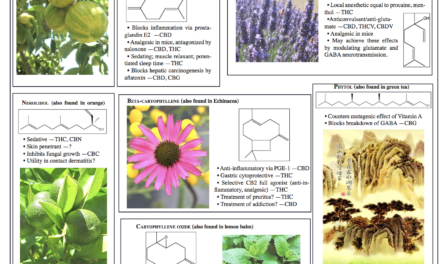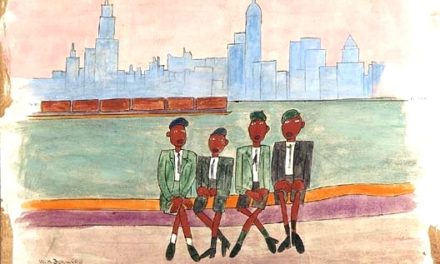The International Cannabinoid Research Society will hold its annual conference in Leiden June 30-July 5.
According to Charles Singer in “A Short History of Medicine” (Oxford University Press, 1928), Leiden’s medical school achieved its great renown in the 17th century by emphasizing “clinical teaching.”
In the modern era, clinical evidence —what doctors learn from patients and by experimenting on themselves— has been systematically devalued. Typically, only a half day’s worth of ICRS presentations are devoted to clinical teaching.
Singer writes:
Until the seventeenth century there was no systematic clinical teaching. The universities gave medical degrees on the basis of a spoken disputation. No contact with the patient was demanded. The first effective attempt to change this was at Leyden, where about 1636 clinical teaching was instituted. Owing to this, and to the fact that, as at Padua, students of every religious denomination were accepted, Leyden became much frequented by foreign and especially Protestant students.
The attractions of the place were increased by Sylvius, who, in the second half of the seventeenth century, added laboratory instruction to his clinical teaching. Leyden had several eminent anatomists, while its botanic garden and museums added to the practical character of the medical instruction that it offered.
Hermann Boerhaave was first appointed as a teacher at Leyden in 1701 At once the medical school attached a front rank
reputation which rapidly came to surpass even that of Padua. Boerhaave had very few beds at his disposal, but never did man make better use of his opportunities. Besides clinical, chemical, botanical and anatomical instruction he followed such of his patients who died into the post-mortem room and thereby demonstrated to his students the relations of lesions to symptoms. He is thus the introducer of the method of medical isntruction still in vogue in our modern medical schools.
Boerhaave was a man of wide culture. He resucued and published the plates of the priceless Bible of Nature of Swwammerdam. He brought to Leyden the best anatomist of his age, Bernard Siegfriend Albinus; with him Boerhaae edited in superb form the collected works of Vialisus. The editon exhibits remarkable prevision of the scientific needs of the scholarship of our own time. To Albinus, and indirectly to Boerhaave, we owe the most beautiful of all works on muscular anatomy, a book still in current use. Apart form his clinical ability and acumen Boerhaave was a skilled chemist, botanist, and anatomist.
With all these accomplishments Boerhaave was better able that any many of his time to achieve something like a medical synthesis, to bring all the sciences to the service of the patient…. To him the debt of British Medicine, and through it of British well-being, is quite incalculable. Through his pupils he is the real founder of the Edinburgh Medical School, and through it of the best medical teaching in the English-speaking countries of the world.





